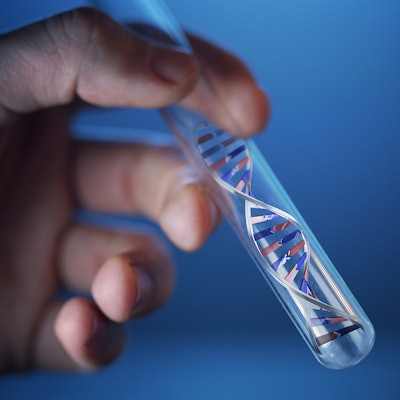
Plant-based proteins are often cited by consumers as better for the environment than conventionally-produced meat. As a result, sales of plant-based food – including meat and dairy products – are currently valued at $4.5 billion.
What really goes into the production of plant-based proteins?
“Designing and producing a plant-based meat product has historically been quite challenging,” Michael Leonard, the Chief Technology Officer and Senior Vice President, Research and Development, Motif Foodworks, explained.
Motif is “an ingredient innovation company dedicated to reshaping the landscape of food through science and technology,” according to its website. The company was recently named part of BioSpace’s NextGen Bio “Class of 2020,” a list of up-and-coming life science companies.
A mixture of scientific approaches
Thousands of ingredients may be scanned before the right one is found for use in a plant-based protein product. A mixture of food science, synthetic biology and fermentation approaches are used.
“We do this by leveraging existing ingredients in new ways or by developing new ingredient solutions using fundamental food science knowledge,” Leonard said. “We also leverage the power of synthetic biology in this effort, which enables us to produce animal-free ingredients that have the same properties as their animal-based counterparts.”
Synthetic biology is an area of research that seeks to redesign systems already found in nature.
The formulation of plant-based proteins take place in facilities that look like a cross between a kitchen and a laboratory. Typical kitchen equipment might be used to mix, chop and cook ingredients. Other tools like trait mapping and digital phenotyping are used to identify animal-free ingredient targets that could replicate the taste and texture of conventional meat products.
Development and validation
Each new plant-based product, Leonard says, undergoes rigorous testing to identify the gaps in attributes like taste, texture, appearance and nutrition between an animal-based food and its plant-based counterpart.
This is done through a combination of sources, including consumers, sensory panelists and data from food science experts at the company. Products are tested at each stage of development.
“The bottom line is simple: consumers expect their plant-based foods to taste and perform like the real thing. If plant-based chicken or burgers don’t taste as good as their animal-based counterparts or don’t cook in the same way, or the texture feels wrong — consumers won’t come back for seconds,” Leonard said.
Like what you just read? Sign up now for free to receive the Poultry Future Newsletter


















